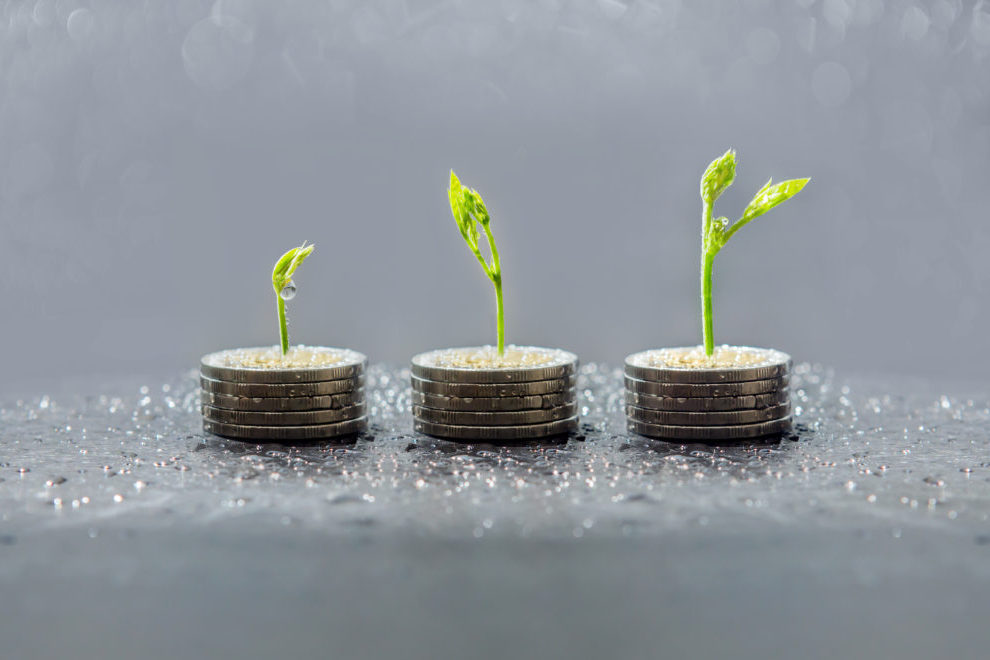Debt Recycling: A Smart Strategy for Australian Homeowners

Rent-Vesting Explained: The Smart Way to Live and Invest in Property
March 17, 2025Debt recycling is a powerful financial strategy that helps homeowners maximize the value of their mortgage in a tax-efficient way. By converting home loan debt into tax-deductible debt, homeowners can lower their taxable income and build long-term wealth. Here’s how this strategy works and who can benefit from it.
Watch the youtube video for the full breakdown
How Debt Recycling Works
Debt recycling is a smart strategy for homeowners who’ve built up equity in their property or have extra cash sitting in an offset account. Here’s how it works:
1. Tap Into Your Equity
As you pay down your mortgage, you build equity. Rather than letting that equity sit idle, you can reborrow it to invest in assets that generate income—like shares or investment property.
2. Invest for Growth
To make this strategy effective, the borrowed funds must go into income-producing investments. This is key because it allows the interest on that portion of your loan to become tax-deductible.
3. Boost Tax Efficiency
When you invest using borrowed funds, the interest is typically tax-deductible. This can lower your taxable income and improve your cash flow.
Debt Recycling in Action
Let’s say you took out a mortgage for $800,000 and have paid it down to $600,000. That gives you $200,000 in usable equity. You reborrow that $200,000 and invest it. Now, the interest on that $200,000 is tax-deductible, and your investment has the potential to grow over time.
Who Can Benefit
Debt recycling can work well for:
Homeowners with solid equity, especially in high-value markets.
High-income earners looking for tax efficiency.
Long-term investors aiming to build wealth.
Who Should Be Cautious
First-home buyers with a high loan-to-value ratio (LVR).
Low or inconsistent income earners.
Those approaching retirement, when tax benefits are limited.
The Bottom Line
Debt recycling can help you turn your home loan into a wealth-building tool. But like any investment strategy, it carries risks—especially if markets dip or your financial situation changes. Talk to a financial adviser and tax professional to see if it suits your goals and risk tolerance.
Want to see if debt recycling could work for you? Get in touch with HFinance today.



